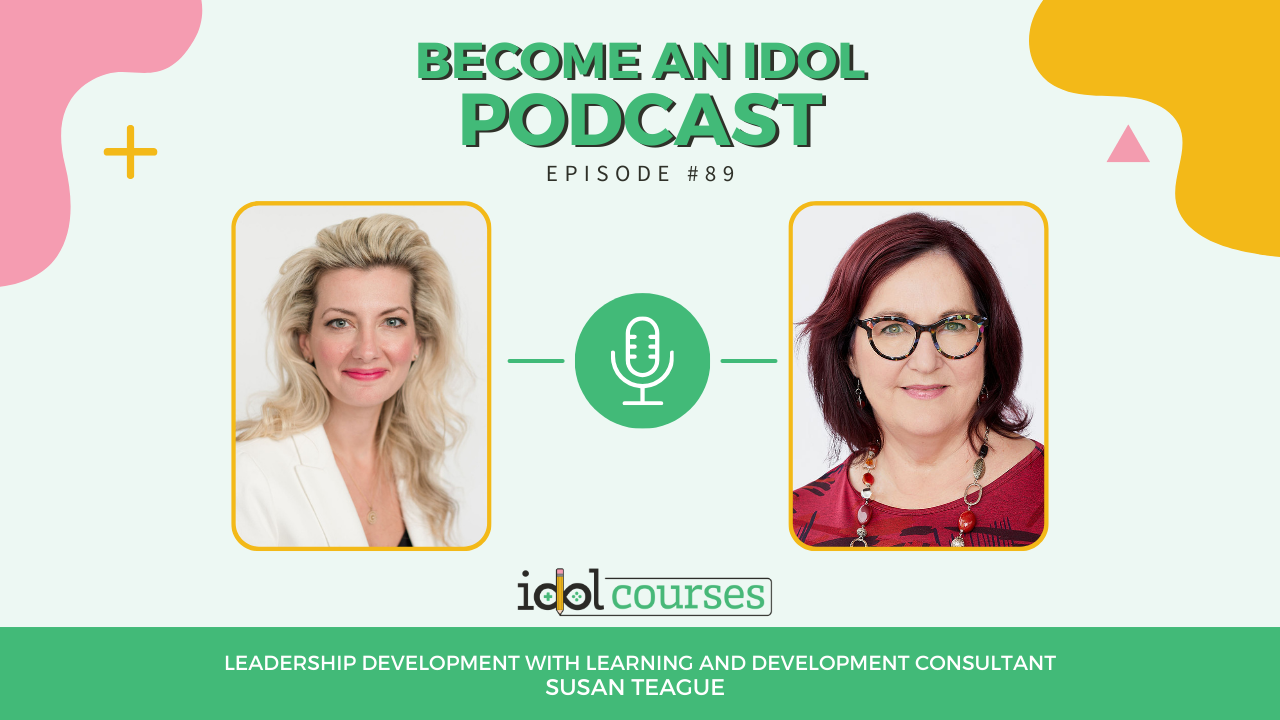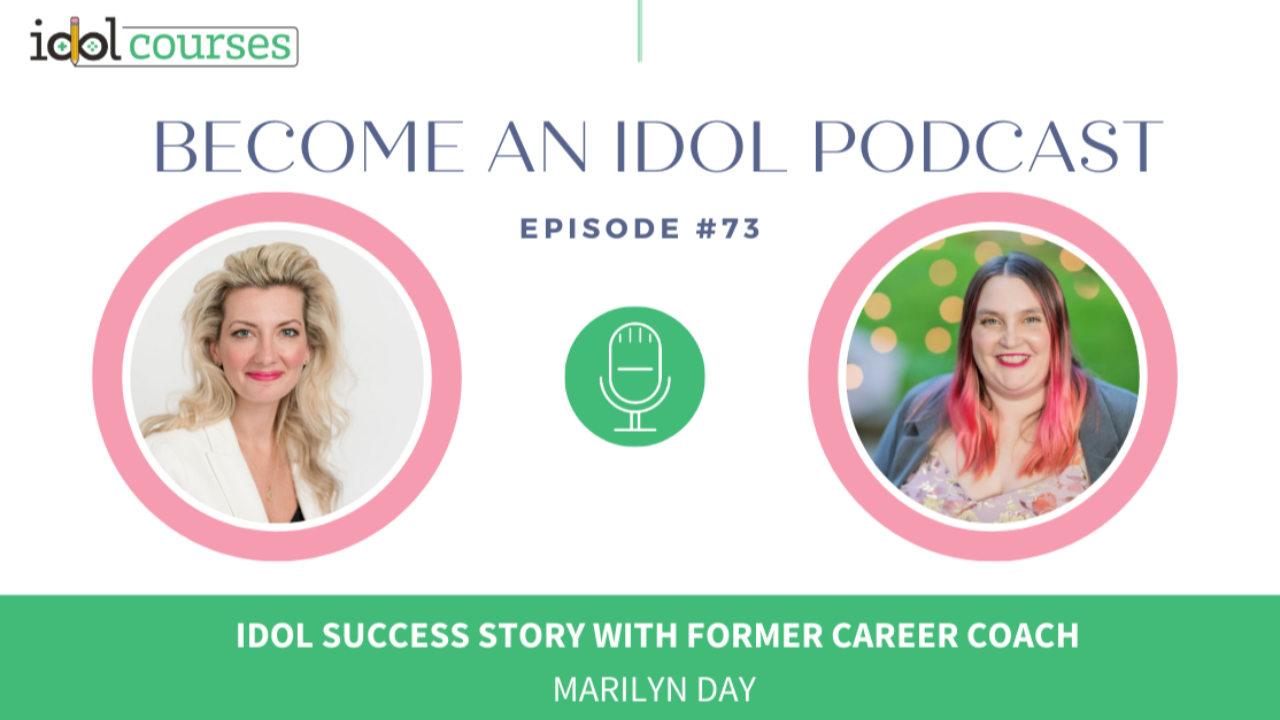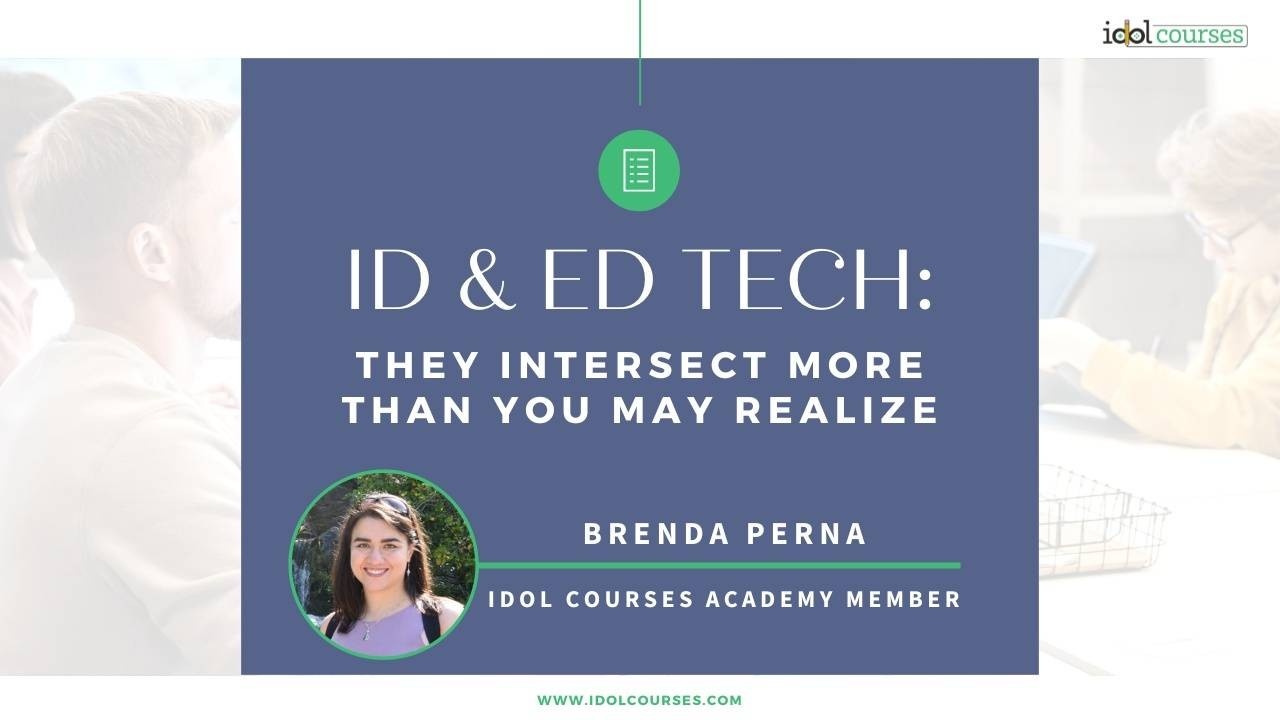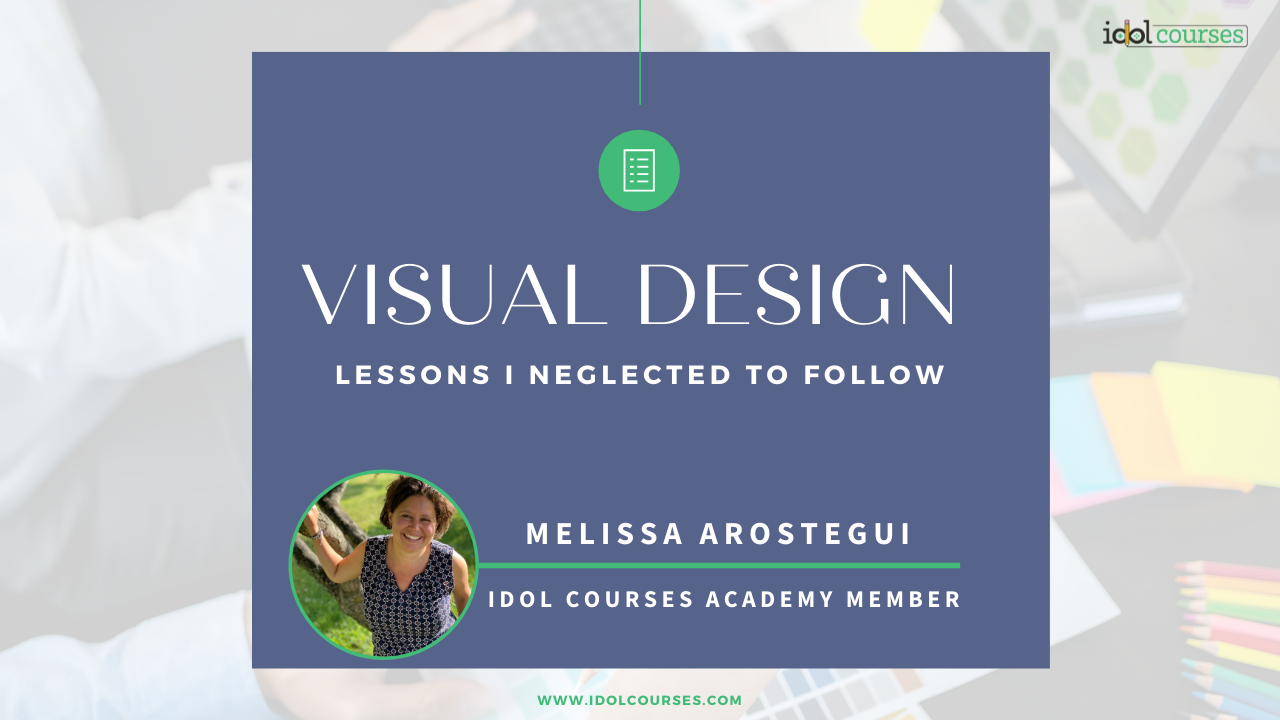
Elevate your instructional design expertise.
Stay ahead with industry news and discover valuable tips and tricks on the IDOL Blog.
Enroll in the NEW IDOL Academy!
Sep 12, 2023
Applying Film Theory to eLearning
Feb 17, 2023
Advocating for Accessibility
Dec 09, 2022
Taking ADDIE to the Church the Business Side
May 20, 2022
Reading the Last Page of the Book First
Apr 28, 2022
Interested in joining the IDOL community?
Join our newsletter below, where we keep you updated on our upcoming cohorts, events and news within the instructional design industry.














